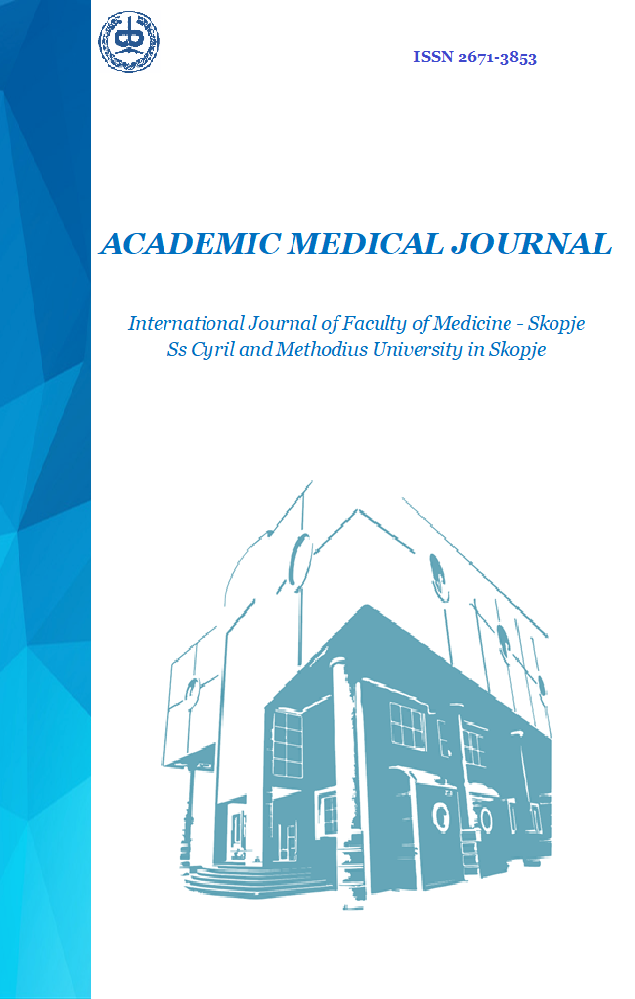UNVEILING UNFORESEEN COMPLICATIONS: A NEONATAL CASE REPORT ON CORD CLAMPING AND ACUTE INTESTINAL OBSTRUCTION
Keywords:
umbilical cord, umbilical cord hernia, cord clamping, acute intestinal obstruction, neonatal surgeryAbstract
This neonatal case report presents an unexpected and rare complication associated with cord clamping during the immediate postnatal period. The report focuses on a newborn who developed acute intestinal obstruction shortly after birth. The neonate's clinical course was examined, detailing the sequence of events from cord clamping to the emergence of gastrointestinal complications. Despite the routine nature of cord clamping and its perceived safety, this case highlights the need for heightened awareness of potential complications that can arise in the delicate transition from intrauterine to extrauterine life. Timely recognition of abdominal distension, impaired feeding, and other clinical signs prompted surgical intervention, leading to the diagnosis of intestinal obstruction. The management and subsequent outcomes of this case underscore the significance of careful monitoring and prompt intervention in neonatal care. This case report serves as a reminder that while cord clamping is a routine procedure, healthcare providers should remain vigilant to unforeseen complications that may demand immediate attention in the early moments of neonatal life.
References
Ashcraft WK, Holcomb GW, Murphy JP. Pediatric surgery. 4th ed. Philadelphia: Elsevier Saunders; 2005. p. 659–69.
Coran GW, Adzick NS. Pediatric surgery. 7th ed. Philadelphia: Saunders Elsevier; 2018. p. 973–84.
Yilmaz Y, Kadioglu G, Ozkan-Ulu H, Arayici S, Erdeve O. Bedside repair of omphalocele. J Neonatal Surg 2012; 1(4): 58. PMID: 26023417.
Kurtuluş Ş. Iatrogenic ileal obstruction: a complication of umbilical cord clamping. BMJ. 1996;313(7057):613–4. doi:10.1136/bmj.313.7057.613.
van Tuil C, Saxena AK, Willital GH. Look twice before you clamp: decapitation of an omphaloenteric duct. A case report. Med Princ Pract 2006; 15(2): 156-158. doi: 10.1159/000090923.
Shukla RM, Ray A, Sisodiya N, Patra M, Mandal KC, Basu KS, et al. Look twice before you clamp the cord: iatrogenic ileal transection. J Obstet Gynaecol India 2014; 64(Suppl 1): 40-41. doi: 10.1007/s13224-013-0442-y.
Asabe K, Oka Y, Kai H, Shirakusa T. Iatrogenic ileal perforation: an accidental clamping of a hernia into the umbilical cord and a review of the published work. J Obstet Gynaecol Res 2008; 34(4 Pt 2): 619-622. doi: 10.1111/j.1447-0756. 2008.00799.x.
Downloads
Published
Issue
Section
License
This work is licensed under CC BY 4.0 





